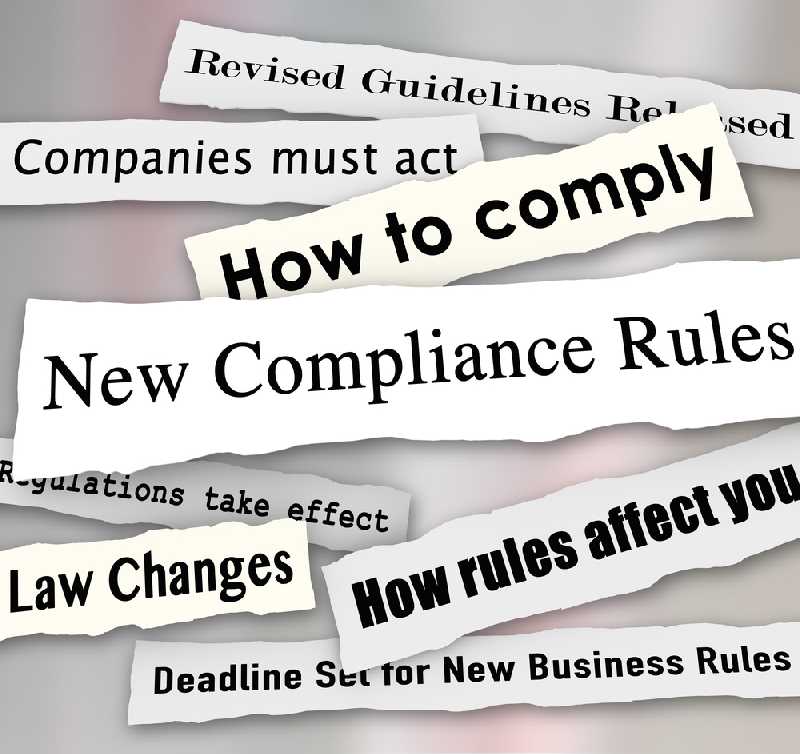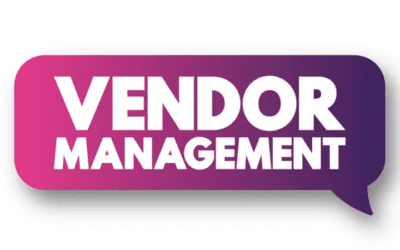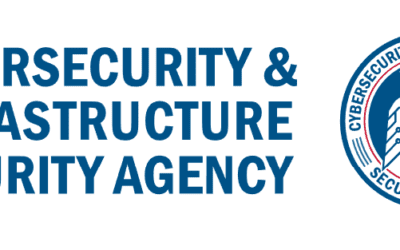Compliance Management
Rules are the backbone of every successful business. They ensure the safety of products, guide appropriate office behavior, and protect organizations from significant consequences. At Thin Thread, we understand the importance of compliance management.

Thin Thread Compliance Mangement
Assess
Assessment is a crucial step in ensuring compliance with regulatory requirements and identifying noncompliant systems, processes, vendors, or applications. At Thin Thread, we excel in assessing your systems by importing relevant regulations into a regulatory framework and taxonomy, creating harmonized controls to avoid duplicates, and regularly scheduling control tests for continuous monitoring.
Prioritize
Intelligent prioritization is key to effective compliance management. At Thin Thread, we understand the importance of identifying and addressing compliance issues efficiently. By classifying risks and allocating resources accordingly, we help organizations resolve crucial problems first, ensuring a strong foundation for continued success.
Respond
Report
With continuous monitoring and real-time reporting, we spot trends and promptly address non-compliance, providing you with peace of mind. Our detailed reports validate the effectiveness of system changes, guaranteeing a seamless transition to full compliance. Trust us to prioritize the security and success of your business while keeping you informed of any policy exceptions with timely reminders. Experience seamless compliance management with us today.
Compliance Management Challenges
Adhering to regulations, laws, standards, and policies is a necessary aspect of modern business. However, managing compliance can be a complex and daunting task. Let’s explore the challenges that organizations often face in compliance management and discuss best practices to overcome these hurdles.
One of the primary challenges is the ever-growing number of regulations. With new laws and standards constantly being created to protect sensitive customer data and ensure secure operations, organizations must have highly adaptable compliance management solutions. Unfortunately, many current options fall short in meeting these evolving requirements.

Another challenge stems from the rapidly changing security landscapes. While regulatory standards aim to address security threats, new vulnerabilities and attack methods can emerge unexpectedly. This dynamic requires businesses to continuously monitor and update their compliance measures to mitigate risks effectively.
Lack of integration and visibility is another obstacle to successful compliance management. Most organizations operate their IT systems across multiple platforms, both onsite and in the cloud. Without integrated reporting and enterprise-wide visibility, it becomes challenging to obtain a complete view of compliance status, associated vulnerabilities, and risks.
Complex infrastructures and large teams can also impede coordination and slow down compliance assessments. Inconsistencies and misunderstandings may arise, leading to potential compliance gaps. Overcoming these challenges requires effective communication and streamlined processes to establish clear responsibilities.
Compliance Management Best Practices
Just as compliance management evolves, top organizations are expanding their approach to ensure regulatory adherence. Today, a versatile approach is essential, capable of monitoring, analyzing, and reporting on all relevant environments. Having the right tools is a major step towards achieving this goal.
While there are various best practices for compliance, here are a few key ones to consider:
Performing daily systems scans: When it comes to comprehensive compliance monitoring, being ‘recent enough’ may not suffice. Compliance issues can arise unexpectedly, impacting operations. By conducting daily systems scans, businesses can detect problems or vulnerabilities early on, enabling prompt action.

Reviewing and refining policies: Company policies should not remain static; they need to be adaptable to new advancements, laws, and security threats. Schedule regular policy reviews and update them as necessary to ensure they align with the latest requirements.
Staying current on new regulations: It is the responsibility of businesses to remain up to date on all IT compliance and regulation legislation. Utilize RSS feeds and other services to receive forewarning about upcoming changes and plan accordingly.
Integrating automation: Manual compliance management is inefficient and time-consuming, especially as businesses grow. Automation allows certain essential and repetitive tasks to be handled by machine programs, streamlining compliance management for improved accuracy, consistency, and productivity. It can scale seamlessly, even with sudden business growth.
Remaining up to date on all patches: Keeping IT systems patched and updated is a simple yet effective step towards ensuring compliance. Automate patching whenever possible, and conduct patch testing to confirm system viability before normal operations resume.
Ready to Get Started?
Send us a message and one of our representatives will contact you.
Recent News
Part 4: The Rise of Post-Quantum Computing and the Future of Cybersecurity
The recent wave of cybersecurity breaches at our country’s largest law firms makes it evident that the way the legal sector secures our digital assets must change. The White House’s National Cybersecurity Strategy (“NCS”) seeks to address this. In this series of...
Part 3 – Managing Your Vendors—and Others
The recent wave of cybersecurity breaches at our country’s largest law firms makes it evident that the way the legal sector secures our digital assets must change. The White House’s National Cybersecurity Strategy (“NCS”) seeks to address this. In this series of...
Part 2: The Rise of Ransomware and Other Threat Actors
The recent wave of cybersecurity breaches at our country’s largest law firms makes it evident that the way the legal sector secures our digital assets must change. The White House’s National Cybersecurity Strategy (“NCS”) seeks to address this. In this series of...

Thanks for reading. It makes a difference. I donate 10 percent of profits to wells in Africa & freeing familes from modern slavery in Pakistan.
QUICK LINKS
Home
About
Partners
Services
Blog
Contact



